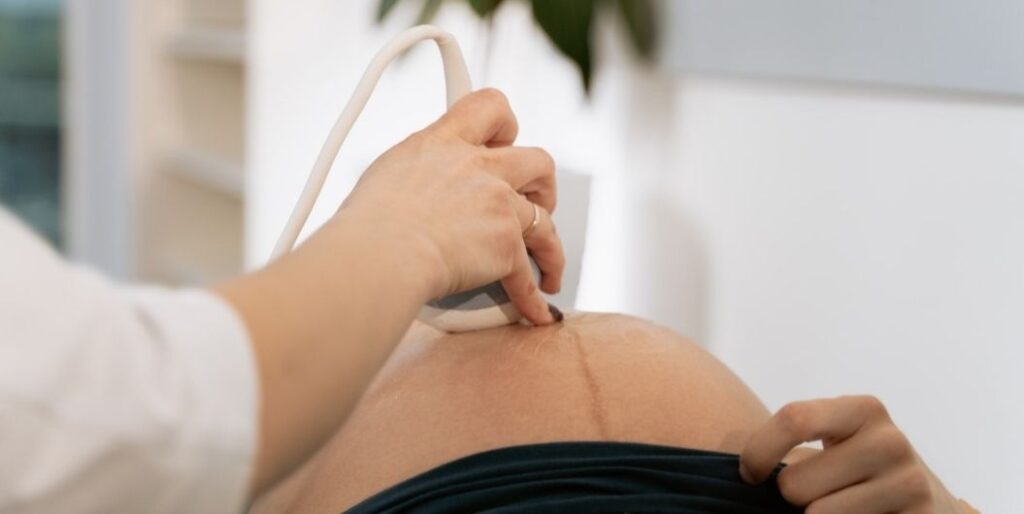Prenatal Tests

Statistics show that up to 3% of American babies are born with congenital birth defects. Worldwide, this figure rises to about 6%. Approximately 250 of these defects can be detected with prenatal tests well before the baby is even born, making prenatal tests an important aspect of proper prenatal care. They are a large part of a wide array of tools doctors have to assess the health of a pregnant woman and her baby. They can be utilized to detect health conditions in the mother that could adversely affect her baby, as well as conditions and abnormalities in the baby.
Prenatal tests accomplish three main goals: detecting health conditions a mother may have, determining the gender, size and location of the baby in the uterus, and screening for chromosomal and genetic abnormalities as well as deformities in the baby. It is important to know the difference between tests that screen for possible abnormalities and tests that actually diagnose problems.

Testing the Mother
All mothers will undergo tests at the first visit to the doctor after becoming pregnant. These include blood type and Rh factor, urine sample to test for gestational diabetes or infection, blood screen for exposure to diseases such as measles and chickenpox, screen for cystic fibrosis, sexually transmitted diseases and cervical cancer. You can also expect to also have your blood tested to check for iron deficiencies at some point in the pregnancy. Throughout the pregnancy, you are monitored for the development of gestational diabetes and preeclampsia, or toxemia. At 24 to 28 weeks, you will undergo a glucose screening to definitively screen for diabetes. By the 37th week, your doctor will take a swab of your rectum and vagina to test for Group B strep (streptococcus), a bacterium that if transferred to the baby during delivery, can cause complications.
Testing the Baby
Prenatal tests for the baby help a doctor screen for several types of abnormalities: dominant genetic disorders such as dwarfism and Huntington disease; recessive genetic disorders such as sickle cell anemia, cystic fibrosis and Tay-Sachs; x-linked disorders such as hemophilia; chromosomal disorders such as Down syndrome, and multifactorial disorders which are caused by a variety of factors, both environmental and genetic, such as neural tube defects and congenital heart disease.

The ultrasound is one of the most utilized prenatal tests that assesses the size and development of the baby, as well as its placement in the uterus. It may be used early on to confirm pregnancy, determine the number of fetuses, as well as the location of the placenta. Typically, an ultrasound is performed at 18-20 weeks, but may be performed more often if special conditions exist.
There are several other tests that a mother may choose to utilize to screen for fetal abnormalities:
- Chorionic Villus Sampling (CVS) test: Typically administered at 10-12 weeks, the CVS screens for chromosomal abnormalities. This test removes a small sampling of chorionic villi from the placenta either through the cervix or through the abdomen via a needle.
- Triple Screen or Maternal Blood Screening: This test screens for the alpha-fetoprotein (AFP) in the mother’s blood, and may indicate a possibility of Down syndrome. The AFP test is typically done around 16-18 weeks.
- Amniocentesis: This test is conducted by removing a small amount of amniotic fluid with a needle through the abdomen. There are risks associated with this test, though it is fairly accurate in detecting Down syndrome, spina bifida and other metabolic disorders.
Most of these tests are voluntary, and the decision to get them is a very personal one. Be sure to discuss all your options with your doctor to be sure that you are well informed before deciding what tests to perform.
